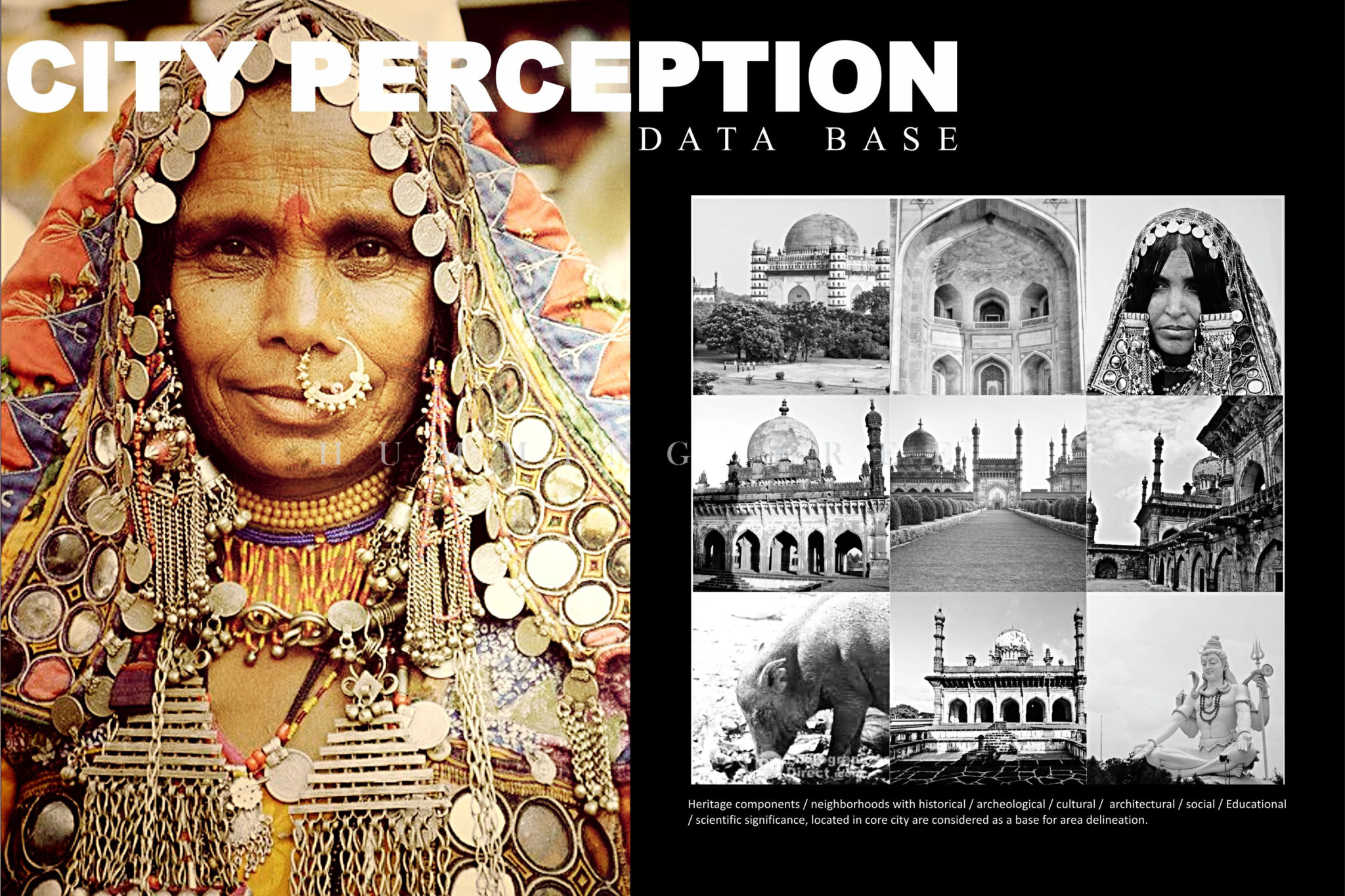
There is a growing interest around the world for preserving and developing the rich urban heritage of the region. Communities are pressing governments for more action and supporting the allocation of funds to these uses. The article argues that the sustainable conservation of urban heritage sites requires: putting the heritage assets to uses according to their grades for which a demand exists and the involvement of all social actors in their most efficient capacity and in accordance with their best interests. Only by putting the preserved assets to uses with social or market demand, the conservation effort will become sustainable as the users will have incentives to operate and maintain them. Furthermore, urban heritage conservation cannot be tackled through the uncoordinated action of individual actors. The success of the coordination effort depends on the efficient allocation of the costs, benefits, and risks involved in urban heritage preservation among the actors that are best suited to take them or have the greatest interest in doing so given the potential returns: profits in the case of real estate investors, better relations with the community in the case of private philanthropies, and votes in the case of elected officials. The leadership of the public sector is essential to encourage the involvement of other interested groups or individuals and to channel public and private funding to the most efficient uses: private real estate capital to finance income-generating projects, private philanthropy to conserve monuments, and public resources to upgrade public spaces, urban facilities, and infrastructure. Keywords: urban heritage, preservation policy, public-private partnerships